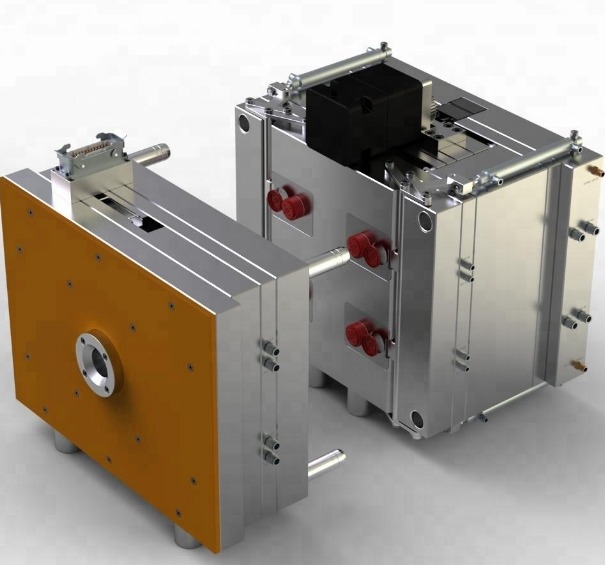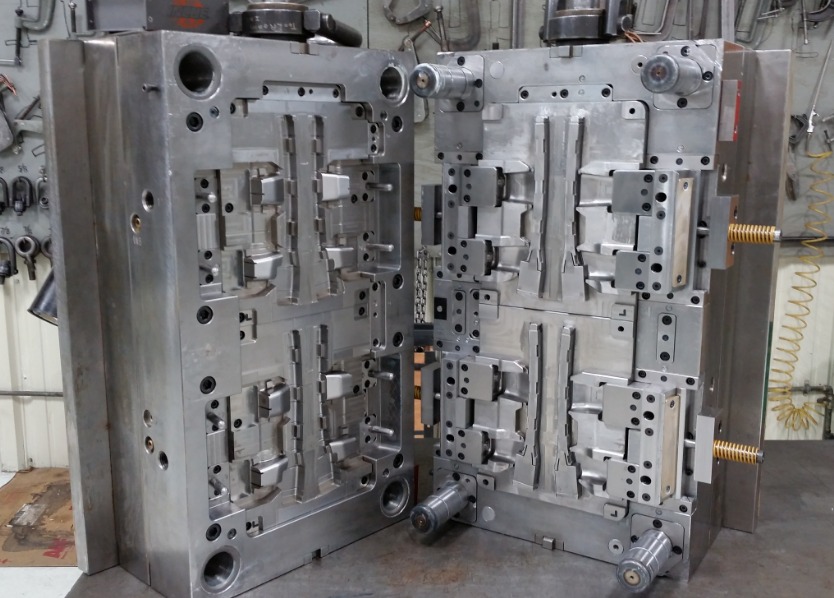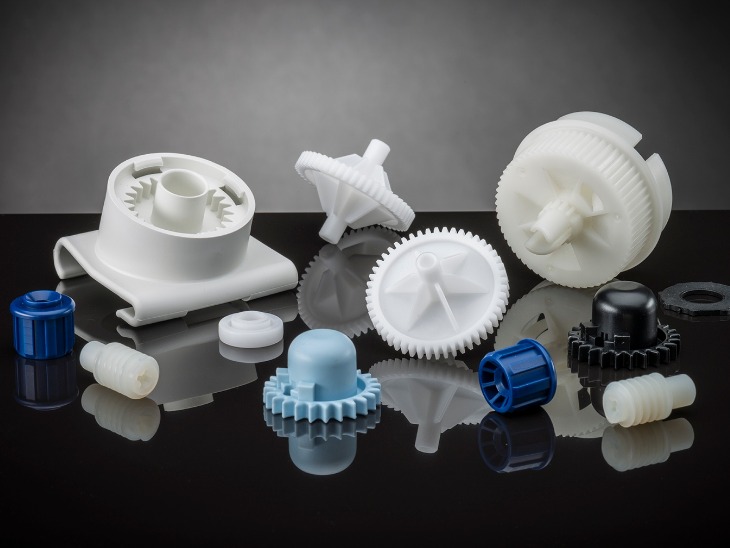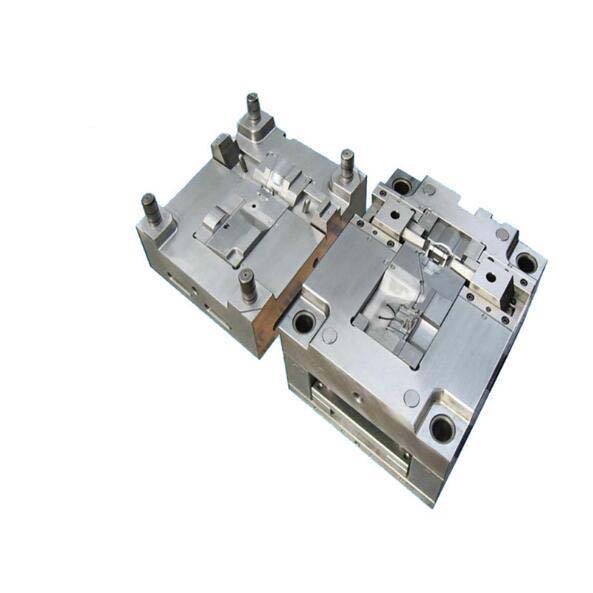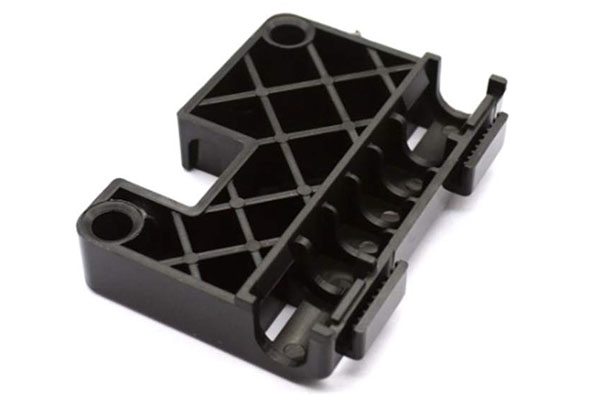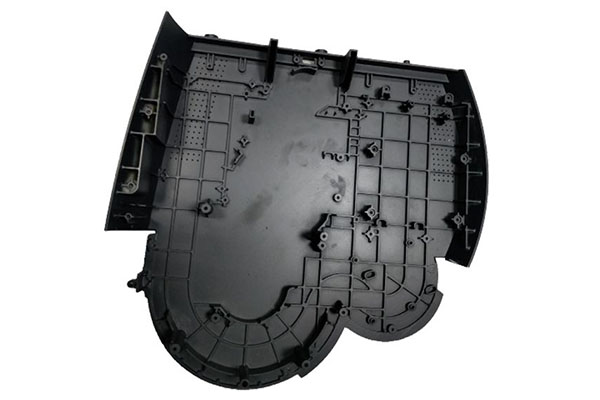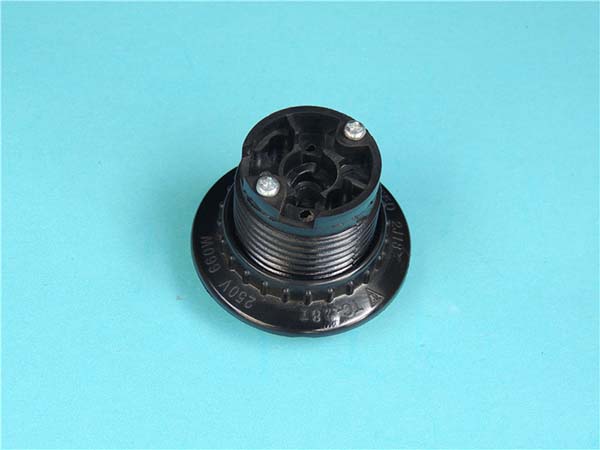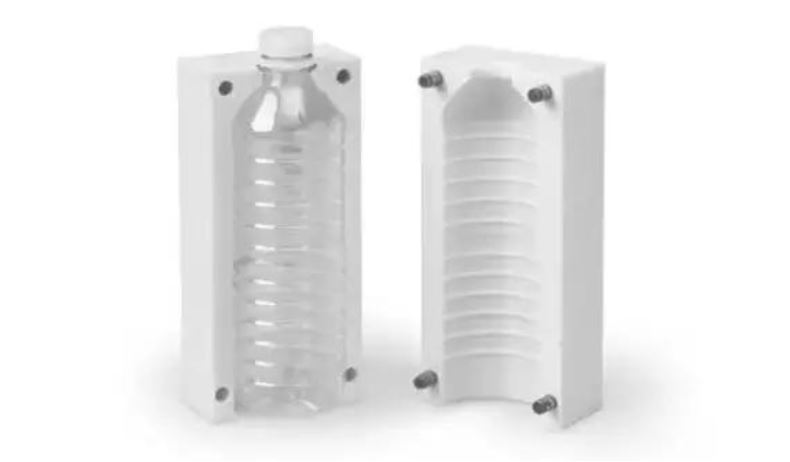Introduction
Plastic mold injection molding is a widely used manufacturing process in the plastics industry. It involves injecting molten plastic material into a mold cavity, where it cools and solidifies to take the shape of the mold. This method is highly versatile and is employed to produce a vast array of plastic products, ranging from small, intricate components to large, complex parts.
The applications of plastic mold injection molding span multiple industries. In the automotive industry, it is used to create interior components like dashboards, door panels, and exterior parts such as bumpers. The consumer electronics sector relies on it for manufacturing cases for smartphones, tablets, and laptops. Even in the medical field, many disposable items like syringes, test tubes, and some prosthetics are produced through this process. Given its prevalence, understanding the advantages and disadvantages of plastic mold injection molding is crucial for manufacturers, product designers, and anyone involved in the plastic product development cycle. It helps in making informed decisions regarding production methods, cost - effectiveness, and product quality. So, let's delve into the details of what makes this process so popular and where its limitations lie.
Advantages of Plastic Mold Injection Molding
High - Efficiency Production
Plastic mold injection molding is highly efficient, especially for high - volume production. The cycle time for each injection molding process can be extremely short. For instance, in a well - optimized factory, a simple plastic part like a small toy component can be produced in as little as 10 - 30 seconds per piece. Some high - speed injection molding machines can produce up to several hundred parts per hour. A factory that manufactures plastic bottle caps might be able to produce 500 - 1000 caps per hour using a multi - cavity mold. This high - speed production capability allows manufacturers to meet large - scale market demands quickly and efficiently, significantly reducing the time required to bring products to market.
High Precision
One of the remarkable advantages of plastic mold injection molding is its ability to produce parts with high precision. It can create components with complex shapes and extremely tight tolerances. In the automotive industry, many interior and exterior plastic parts are produced through injection molding. Take the production of a car's air vent components as an example. These parts often have intricate shapes to control the direction and flow of air. Injection molding can achieve dimensional tolerances as low as ±0.05mm, ensuring a perfect fit within the vehicle's interior structure. High - precision injection molding also enables the production of small and complex parts for electronic devices, such as the internal components of a smartphone's camera module, where precision is crucial for proper functionality.
Material and Design Versatility
This manufacturing process offers great versatility in terms of materials and design. There is a wide range of plastic materials available for injection molding, each with its own unique properties. For example, polyethylene (PE) is commonly used for products like plastic bags and bottles due to its low cost and good chemical resistance. Polypropylene (PP) is known for its high heat resistance and is often used in automotive parts and kitchenware. Polycarbonate (PC) offers excellent impact resistance and is utilized in applications such as safety goggles and electronic device housings.
In terms of design, injection molding can bring almost any design concept to life. Whether it's a simple, flat - shaped product or a highly complex three - dimensional object with undercuts, ribs, and thin walls, injection molding can handle it. Designers can create products with unique textures, colors, and surface finishes, either by adding pigments to the plastic material during the molding process or through post - processing techniques.
Cost - Effectiveness in Mass Production
While the initial investment in injection molding equipment and mold design can be substantial, it becomes highly cost - effective when producing large quantities. The cost per unit decreases significantly as the production volume increases. For example, when producing 10,000 plastic products, the unit cost might be \(5, which includes the cost of materials, labor, and equipment amortization. However, when the production volume ramps up to 100,000 units, the unit cost could drop to \)2.5. This is because the fixed costs (such as mold production and equipment purchase) are spread over a larger number of products. In mass production scenarios, injection molding is often more cost - effective compared to other manufacturing methods like manual assembly or small - scale 3D printing.
High Automation Level
The injection molding process is highly amenable to automation. Modern injection molding factories often feature automated production lines where the entire process, from loading the plastic raw materials into the machine to ejecting the finished products, can be controlled by a computer system. In an automated injection molding setup, robots can be used to remove the molded parts from the molds as soon as they are cooled and solidified. These robots can then place the parts onto conveyor belts for further inspection or packaging. This not only increases the production speed but also reduces the error rate caused by human intervention. Automation also allows for continuous production, 24/7 if needed, maximizing the utilization of the equipment and further reducing labor costs in the long run.
Disadvantages of Plastic Mold Injection Molding
High Initial Investment
One of the major drawbacks of plastic mold injection molding is the high initial investment required. The cost of manufacturing the molds can be substantial. For a simple mold used to produce small plastic parts, it might cost anywhere from \(5,000 to \)20,000. Complex molds, especially those for large - scale or highly detailed products, can cost upwards of \(100,000. For example, a mold for producing a large automotive bumper may cost around \)80,000 - $150,000 due to its size and the need for high - precision machining.
In addition to mold costs, the injection molding machines themselves are expensive. Small - to - medium - sized injection molding machines can range from \(20,000 to \)100,000, while large - scale, high - capacity machines used for industrial production can cost several hundred thousand dollars. A large - tonnage injection molding machine with a clamping force of 2000 tons might cost around $500,000. This high upfront cost can be a significant barrier for small - and medium - sized enterprises looking to enter the plastic manufacturing market.
Limited to Certain Materials
Plastic mold injection molding is mainly suitable for thermoplastic materials. Thermoplastics, such as polyethylene (PE), polypropylene (PP), and polycarbonate (PC), can be melted and re - solidified multiple times, making them ideal for the injection molding process. They flow easily when heated, allowing them to fill the mold cavities precisely.
However, the process faces difficulties when it comes to thermosetting plastics. Thermosetting plastics, like phenolic resins and epoxy resins, undergo a chemical reaction during curing that is irreversible. Once they are cured, they cannot be remelted and reshaped. In the injection molding process, the challenge lies in controlling the curing reaction within the mold. If the curing occurs too quickly, it can prevent the material from properly filling the mold cavity, leading to defective products. Additionally, the high heat and pressure in the injection molding process can sometimes cause premature curing or uneven curing of thermosetting plastics, making it difficult to achieve consistent product quality.
Long Lead Time for Mold Development
The development of molds for plastic injection molding has a relatively long lead time. The mold development process typically includes several stages. First is the design phase, which can take 2 - 4 weeks depending on the complexity of the product. Designers need to create 3D models, taking into account factors such as part geometry, draft angles, and ejection systems.
After the design is finalized, the machining process begins. This involves using computer - numerical - control (CNC) machines to cut and shape the mold components from metal blocks, usually steel or aluminum. The machining process for a simple mold may take 4 - 6 weeks, while for a complex mold, it can take 8 - 12 weeks.
Following machining, there is a phase of mold assembly, testing, and fine - tuning. This stage can take another 2 - 4 weeks. During testing, the mold is installed in an injection molding machine, and trial runs are carried out. Any defects, such as flashing, incomplete filling, or poor surface finish, are identified and corrected. Overall, from the start of the design to the final, fully functional mold, the lead time can be as long as 10 - 20 weeks for a moderately complex mold. This long lead time can delay the production start - up and time - to - market for new products.
Environmental Concerns
Plastic waste generated from the plastic mold injection molding process is a significant environmental concern. Most plastics are made from non - renewable fossil fuels, and their production contributes to the depletion of these resources. Once the plastic products are discarded, they pose a major problem due to their slow degradation rate. For example, conventional polyethylene plastic bags can take up to 200 - 500 years to decompose in the natural environment. Polypropylene products may take even longer, sometimes up to 1000 years to fully break down.
When plastic waste accumulates in landfills, it takes up valuable space. In addition, improper disposal of plastic waste can lead to it entering water bodies, where it can harm aquatic life. Marine animals often mistake plastic debris for food, ingesting it and suffering from internal injuries, blockages, and even death. The presence of plastic waste in the ocean also disrupts the marine ecosystem and food chain. Moreover, the incineration of plastic waste, which is sometimes used as a disposal method, can release harmful pollutants such as dioxins and furans into the air, contributing to air pollution and posing risks to human health.
Comparison Table of Advantages and Disadvantages
To make it easier to understand, here is a comparison table summarizing the key advantages and disadvantages of plastic mold injection molding:
| Aspects | Advantages | Disadvantages |
| Production Efficiency | High - speed production, short cycle time (10 - 30 seconds per piece for simple parts in optimized factories), can produce hundreds of parts per hour. | |
| Precision | Can achieve high precision with dimensional tolerances as low as ±0.05mm. | |
| Material & Design Versatility | Wide range of available plastic materials; can create complex 3D designs with various textures, colors, and surface finishes. | Mainly limited to thermoplastic materials, difficult to use thermosetting plastics. |
| Cost - Effectiveness | Cost - effective in mass production, unit cost decreases significantly as production volume increases. | High initial investment in molds (from \(5,000 to over \)100,000 for complex molds) and injection molding machines (from $20,000 to several hundred thousand dollars). |
| Automation Level | Highly automated, can reduce human - error and allow for continuous production. | |
| Lead Time | Long lead time for mold development (10 - 20 weeks for moderately complex molds). | |
| Environmental Impact | Generates plastic waste, made from non - renewable resources, slow - degradation, and can cause pollution when incinerated. |
Yigu Technology's View
As a non - standard plastic metal products custom supplier, Yigu Technology acknowledges that while plastic mold injection molding has its disadvantages, it also holds great potential. The high initial investment can be mitigated by optimizing the mold design process. By using advanced simulation software, we can predict and prevent potential molding defects during the design stage, reducing the need for costly mold rework.
Regarding the limited material options, Yigu Technology is constantly exploring and researching new materials and composite materials. For example, we are working on developing bio - based plastics that can be used in injection molding, which not only expands the material choices but also helps to address environmental concerns.
In terms of the long lead time for mold development, we have streamlined our internal processes. We have a team of experienced designers and engineers who can work in parallel on different aspects of mold development, reducing the overall lead time. By improving production processes and material innovation, we aim to minimize environmental impact, reduce costs, and shorten production cycles while ensuring product quality, contributing to sustainable development.
